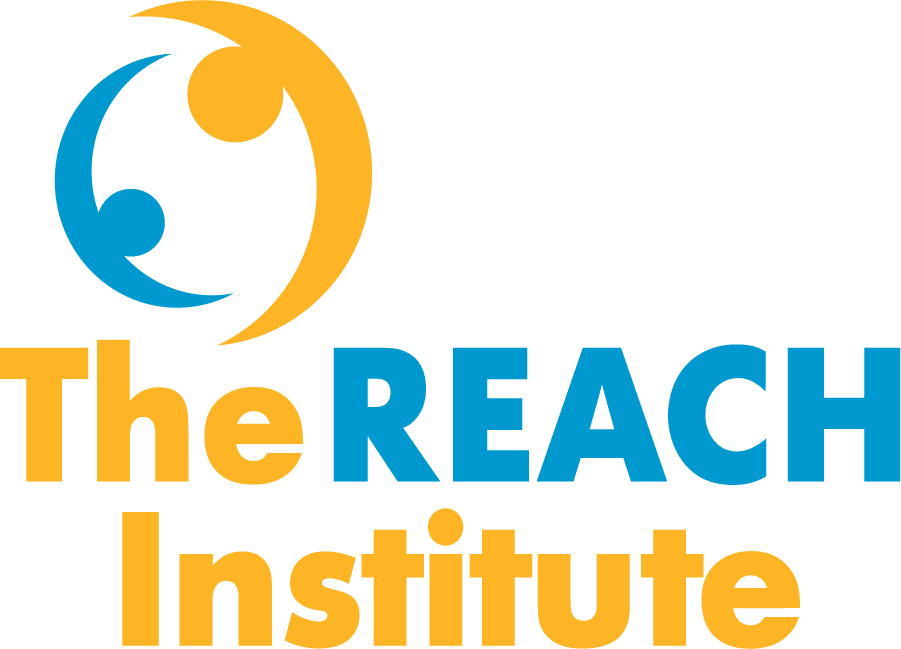News/Media
ADHD and Racial Disparities: What Clinicians Can Do
“When a parent of color raises concerns about their child’s behavior, clinicians should always stop to assess for underlying disorders,” explains child and adolescent psychiatrist Brittainy Erby, MD. “I see many children and adolescents of color who have been diagnosed with a behavior disorder, but they actually have untreated ADHD.” The research reinforces what Dr.…
Read MoreWhen Adolescent Patients Transition to College: The Provider’s Role
“Any transition is a time that our patients can trip and fall,” explains Tina Nicholson, MD, a family doctor specializing in children and youth mental health. The transition to college, especially if it involves moving away from home, is no exception. To understand how providers can help adolescents navigate this transition, we spoke with REACH…
Read MoreIs it autism, or something else?
With Autism Spectrum Disorder, early screening and intervention are essential—with diagnosis ideally made in early childhood. But as shared in our recent article about how autism may present at different ages, less severe cases may not be detected until children are school-aged or adolescents, especially among girls. We asked REACH faculty member Ron Marino, DO/MPH,…
Read MoreNavigating Parent Concerns About Children’s Medications
“Many parents’ biggest concern about starting their children on medication is committing to an intervention they won’t be able to stop in the future,” explains child and adolescent psychiatrist Laurence Greenhill, MD. Research shows that parental beliefs and concerns are a top contributing factor to whether children and adolescents receive proper treatment for mental health…
Read MoreUntangling ADHD and Anxiety as Comorbidities
“ADHD and anxiety presenting together is very common in children and adolescents. But it can be difficult to discern which is the primary condition and which to treat first,” explains Kari Overstreet, DNP, APRN, CPNP-PC, PMHS, a pediatric nurse practitioner focused on child psychiatry and a Patient-Centered Mental Health in Pediatric Primary Care (PPP)…
Read MoreBurnout, Mental Health, and Practical Tools for Pediatric Providers
“As clinicians, our training has not encouraged us to look inward and care for ourselves,” explains Rachel Petersen-Nguyen, MD, a primary care pediatrician and Medical Director at Children’s Minnesota in St. Paul. “But we are humans who have real human needs – to rest and rejuvenate and care for ourselves. You can’t just keep pushing…
Read MoreHow Autism May Present at Different Ages
“No two kids with autism spectrum disorder are identical. The presentation often depends on the degree of severity and the age of the child,” explains Ruth E.K. Stein, MD, a Professor of Pediatrics at Albert Einstein College of Medicine and the Children’s Hospital at Montefiore. Now recognized as a spectrum disorder, autism may be…
Read MoreDiagnosing Seasonal Affective Disorder
“Seasonal Affective Disorder (SAD) is more than just the winter blues,” explains Maureen Montgomery, MD, a pediatrician based in Buffalo, NY. “It’s a subtype of clinical depression that has very specific characteristics.” As the name suggests, SAD is a seasonal and cyclical type of depression. In most cases, SAD occurs during the fall and…
Read MoreRacism as trauma: A pediatric mental health perspective
After learning about the alarming rise in suicide rates among Black children and adolescents, Brittainy Erby, MD, set out to understand the impact of racial trauma and how to improve pediatric patient care.
Read MoreWhen parents’ mental health affects children
“When we’re thinking about children’s mental health, we’re also thinking about the health of the family unit,” explains Alyx Holden, MD. “In order for children’s neurobiology to develop, they need the support and context of healthy caregivers.”
Read More

